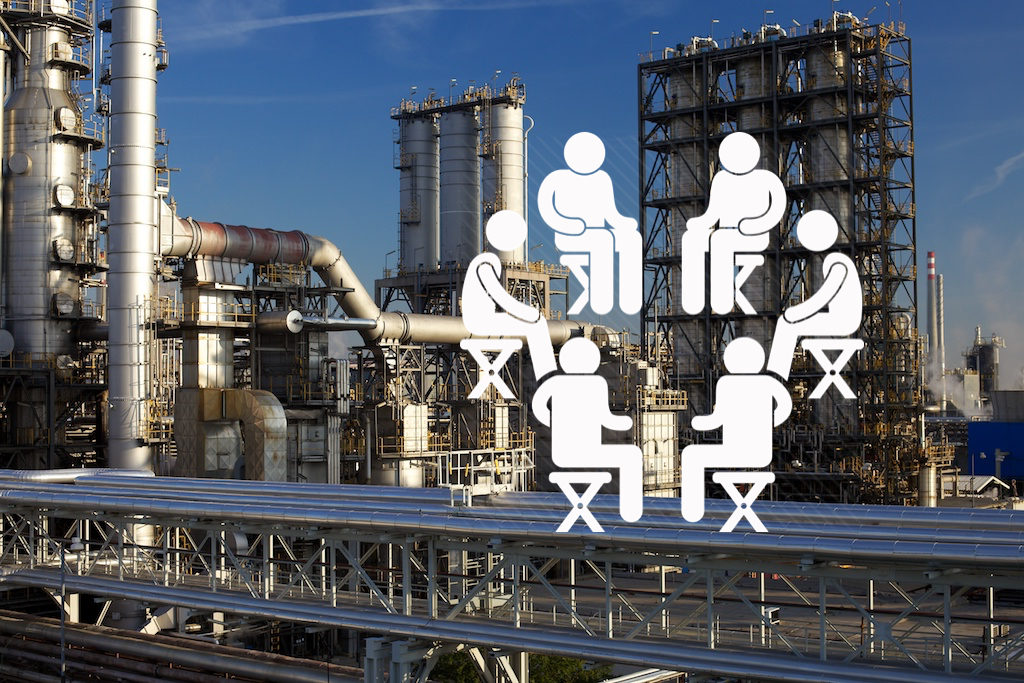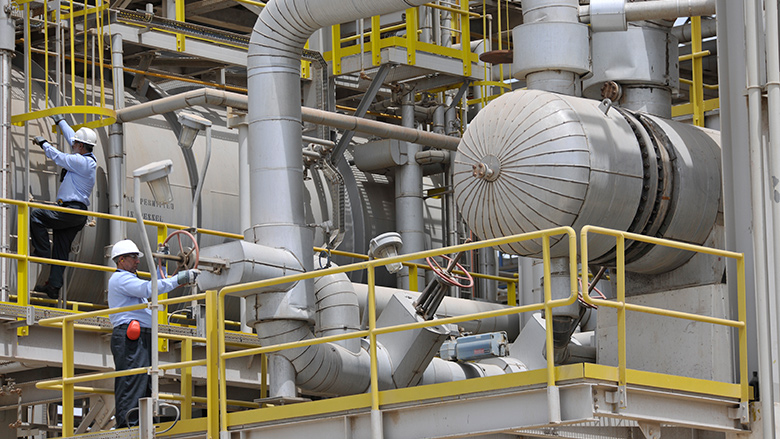

In general, the single-stage reactor system is used for producing kerosene and diesel oil economically, and the two-stage reactors system for cracking the feedstock oil completely and increasing the yield of middle distillate oils.

The flow schemes for the reaction system are categorized into the single-stage reaction system and two-stage reaction system, depending on the types and conversion ratio of feedstock oils and products, and performance of catalyst.

Various types of advanced process technologies are developed and applied to the design of hydrocracking plant. The Nelson Complexity Index typically varies from about 2 for hydroskimming refineries, to about 5 for the Cracking refineries and over 9 for the Coking 2.com› ▆ ▆ ▆ Advantages Of Hydrocracking ▆ ▆ ▆ The Nelson Complexity Index, captures the proportion of the secondary conversion unit capacities relative to the primary distillation or topping capacity. A coking refinery adds further complexity to the cracking refinery by high conversion of fuel oil into distillates and petroleum coke.Ĭatalytic cracking, coking and other such conversion units are referred to as secondary processing units. Most refineries, therefore, add vacuum distillation and catalytic cracking, which adds one more level of complexity by reducing fuel oil by conversion to light distillates and middle distillates. However, a hydroskimming refinery produces a surplus of fuel with a relatively unattractive price and demand. The addition of catalytic reformer enables a hydroskimming refinery to generate higher octane reformate benzene, toluene, and xylene and hydrogen for hydrotreating units. A hydroskimming refinery is therefore more complex than a topping refinery (which just separates the crude into its constituent petroleum products by distillation, known as atmospheric distillation, and produces naphtha but no gasoline) and it produces gasoline. A hydroskimming refinery is defined as a refinery equipped with atmospheric distillation, naphtha reforming and necessary treating processes. Hydroskimming is one of the simplest types of refinery used in the petroleum industry and still represents a large proportion of refining facilities, particularly in developing countries.


 0 kommentar(er)
0 kommentar(er)
